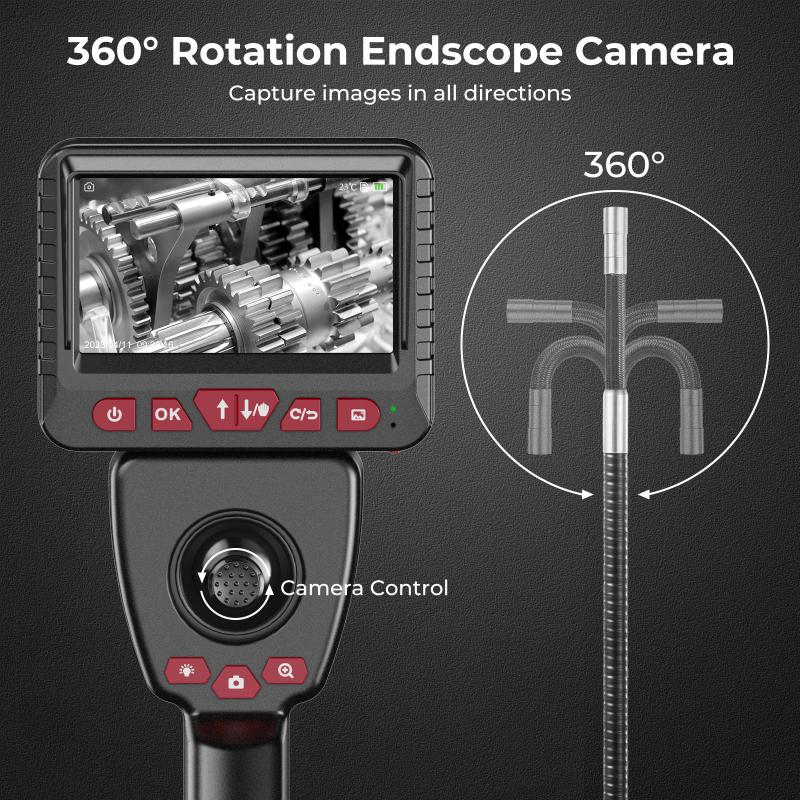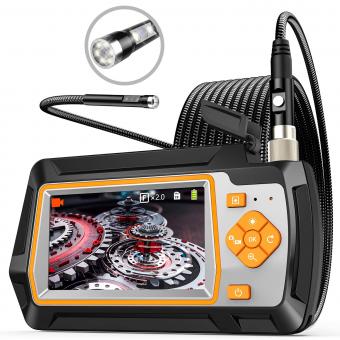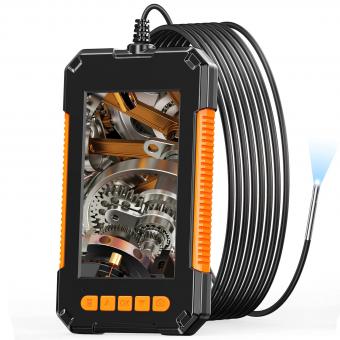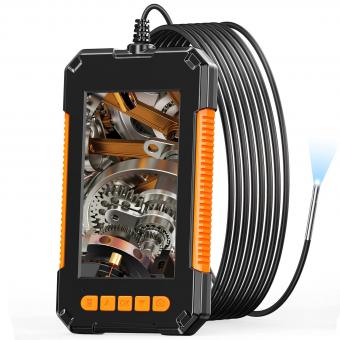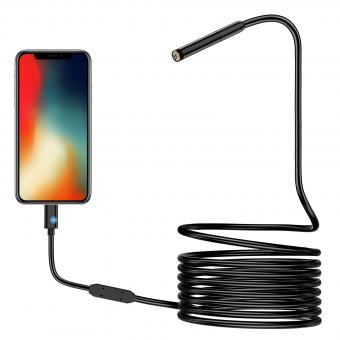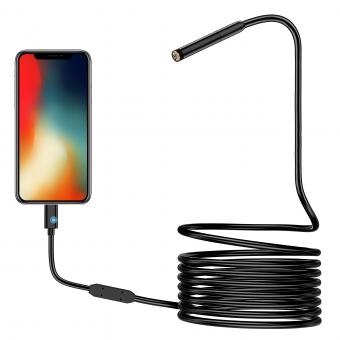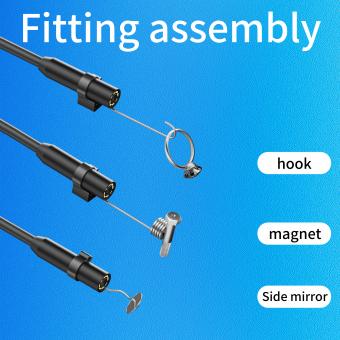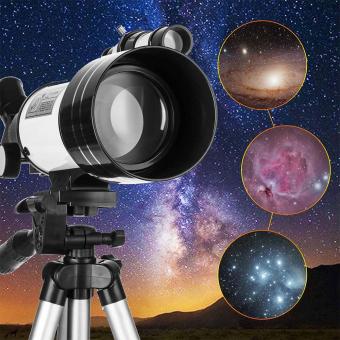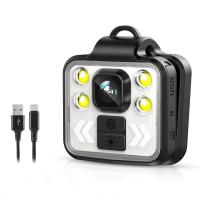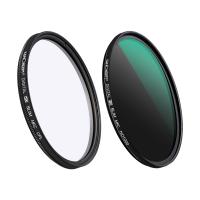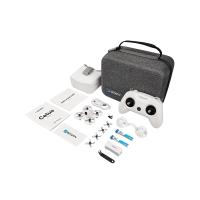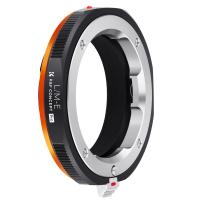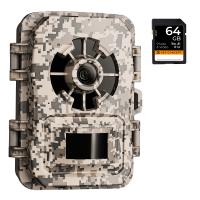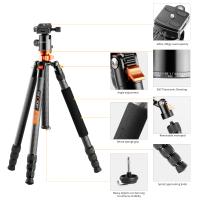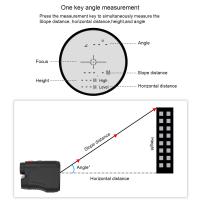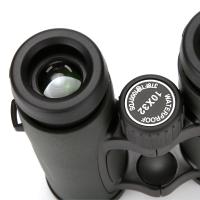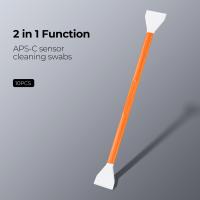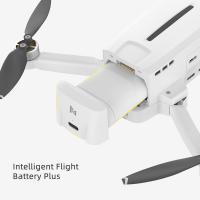Where Would U Find Endoscope And Cannula ?
Endoscopes and cannulas can typically be found in medical settings such as hospitals, clinics, and surgical centers. These instruments are commonly used by healthcare professionals for diagnostic and therapeutic procedures. Endoscopes are flexible or rigid tubes with a light and camera attached to them, allowing doctors to visualize and examine internal organs or cavities. Cannulas, on the other hand, are thin tubes or needles that are inserted into the body to deliver fluids, medications, or to extract samples. They are often used in procedures such as intravenous therapy, laparoscopy, or endoscopy.
1、 Medical Instruments: Endoscope and Cannula
Endoscopes and cannulas are commonly used medical instruments that can be found in various healthcare settings.
Endoscopes are flexible or rigid tubes with a light and camera attached to them. They are used to visualize and examine the internal organs and structures of the body. Endoscopes can be found in hospitals, clinics, and specialized medical facilities such as gastroenterology or urology centers. They are used by medical professionals such as gastroenterologists, urologists, pulmonologists, and gynecologists, among others. Endoscopes are essential for diagnosing and treating conditions such as gastrointestinal disorders, urinary tract problems, respiratory issues, and gynecological abnormalities.
Cannulas, on the other hand, are hollow tubes that are inserted into the body to deliver or remove fluids or gases. They are commonly used in procedures such as intravenous (IV) therapy, blood transfusions, and surgical interventions. Cannulas can be found in hospitals, clinics, emergency rooms, and ambulatory care centers. They are used by various healthcare professionals, including nurses, anesthesiologists, surgeons, and emergency medical technicians.
In recent years, there have been advancements in endoscope technology, such as the development of smaller and more flexible endoscopes, as well as the integration of high-definition imaging and robotic-assisted systems. These advancements have improved the accuracy and precision of endoscopic procedures, leading to better patient outcomes. Similarly, there have been advancements in cannula design, such as the development of safety cannulas that reduce the risk of needlestick injuries for healthcare workers.
Overall, endoscopes and cannulas are essential medical instruments that can be found in a range of healthcare settings, and their continued advancements contribute to the improvement of patient care and treatment outcomes.
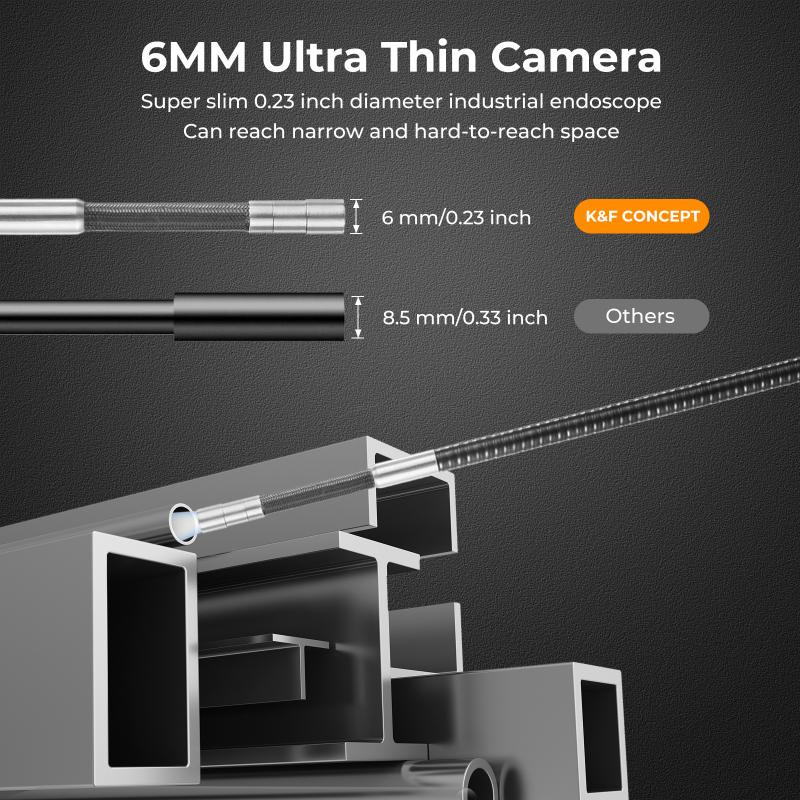
2、 Surgical Tools: Endoscope and Cannula
Endoscopes and cannulas are essential surgical tools used in various medical procedures. The endoscope is a flexible or rigid tube with a light and camera attached to it, allowing doctors to visualize and examine internal organs or cavities. On the other hand, a cannula is a thin tube inserted into the body to deliver or remove fluids or gases during surgery.
These tools can be found in a variety of medical settings, including hospitals, clinics, and surgical centers. In hospitals, endoscopes and cannulas are typically stored in the operating rooms or specialized endoscopy units. These units are equipped with state-of-the-art equipment and technology to ensure the safe and effective use of these tools.
With advancements in technology, endoscopes have become more versatile and sophisticated. They are now available in different types, such as gastrointestinal endoscopes, arthroscopes, bronchoscopes, and laparoscopes, to cater to specific medical procedures. Similarly, cannulas come in various sizes and designs to accommodate different surgical needs.
In recent years, there has been a growing trend towards minimally invasive surgeries, which rely heavily on endoscopes and cannulas. These procedures offer several advantages over traditional open surgeries, including smaller incisions, reduced pain and scarring, shorter recovery times, and lower risk of complications. As a result, the demand for endoscopes and cannulas has increased significantly.
Furthermore, the COVID-19 pandemic has highlighted the importance of endoscopes in diagnosing and treating respiratory conditions. Endoscopes equipped with video capabilities have been used to examine the airways of COVID-19 patients, aiding in the management of their respiratory symptoms.
In conclusion, endoscopes and cannulas are crucial surgical tools found in hospitals, clinics, and surgical centers. Their availability and utilization have expanded with advancements in technology and the rise of minimally invasive procedures. These tools play a vital role in improving patient outcomes and are likely to continue evolving to meet the ever-changing needs of the medical field.

3、 Diagnostic Equipment: Endoscope and Cannula
Endoscopes and cannulas are essential diagnostic tools used in various medical procedures. They can be found in hospitals, clinics, and specialized medical facilities that offer diagnostic services. These facilities typically have dedicated departments or units for endoscopy and other diagnostic procedures.
In hospitals, endoscopes and cannulas are commonly found in the endoscopy department. This department is equipped with specialized equipment and staffed by trained professionals who perform endoscopic procedures. Endoscopy units are usually well-equipped with the latest technology and instruments to ensure accurate diagnosis and treatment.
Clinics that offer diagnostic services may also have endoscopes and cannulas available. These clinics may have a smaller scale setup compared to hospitals but are still equipped to perform basic endoscopic procedures. They may have a dedicated room or area for endoscopy, along with the necessary equipment and trained staff.
In recent years, there has been a trend towards the use of portable endoscopes and cannulas. These devices are smaller and more compact, allowing for greater flexibility in their use. They can be found in ambulatory care centers, outpatient clinics, and even in some primary care settings. Portable endoscopes and cannulas are particularly useful in remote or underserved areas where access to specialized diagnostic facilities may be limited.
Overall, the availability of endoscopes and cannulas depends on the type of medical facility and the level of diagnostic services they offer. As technology continues to advance, we can expect to see further improvements in the accessibility and portability of these diagnostic tools.
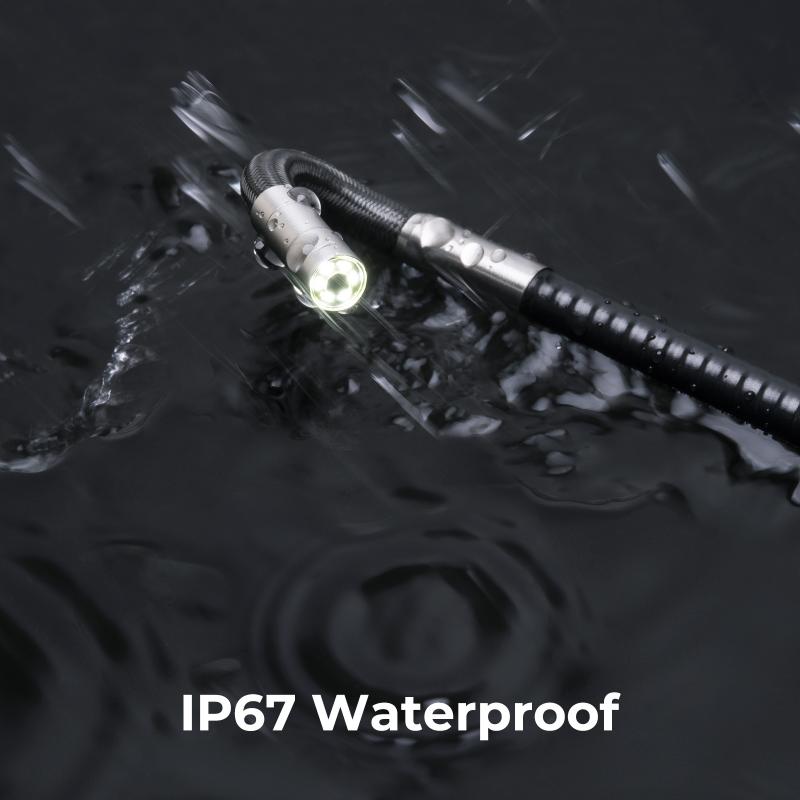
4、 Minimally Invasive Procedures: Endoscope and Cannula
Endoscopes and cannulas are essential tools used in minimally invasive procedures. These procedures have revolutionized the field of medicine by allowing surgeons to perform surgeries with smaller incisions, resulting in reduced pain, faster recovery times, and fewer complications for patients.
Endoscopes are long, flexible tubes with a light and camera attached to the end. They are used to visualize and examine internal organs and structures without the need for large incisions. Endoscopes can be found in various medical settings, including hospitals, surgical centers, and clinics. They are commonly used in specialties such as gastroenterology, urology, gynecology, and orthopedics.
Cannulas, on the other hand, are thin, hollow tubes that are inserted into the body to create a pathway for other instruments or to drain fluids. They are often used in conjunction with endoscopes during minimally invasive procedures. Cannulas can be found in surgical supply stores, medical equipment suppliers, and online marketplaces. They come in different sizes and types, depending on the specific procedure and the area of the body being accessed.
In recent years, there have been advancements in endoscope technology, such as the development of high-definition cameras and robotic-assisted systems. These advancements have improved visualization and precision during procedures, leading to better outcomes for patients. Additionally, there has been a growing trend towards the use of disposable cannulas, which reduce the risk of infection and cross-contamination.
Overall, endoscopes and cannulas are widely available in medical settings and are crucial tools in minimally invasive procedures. As technology continues to advance, we can expect further improvements in these instruments, leading to even more effective and efficient minimally invasive surgeries.
